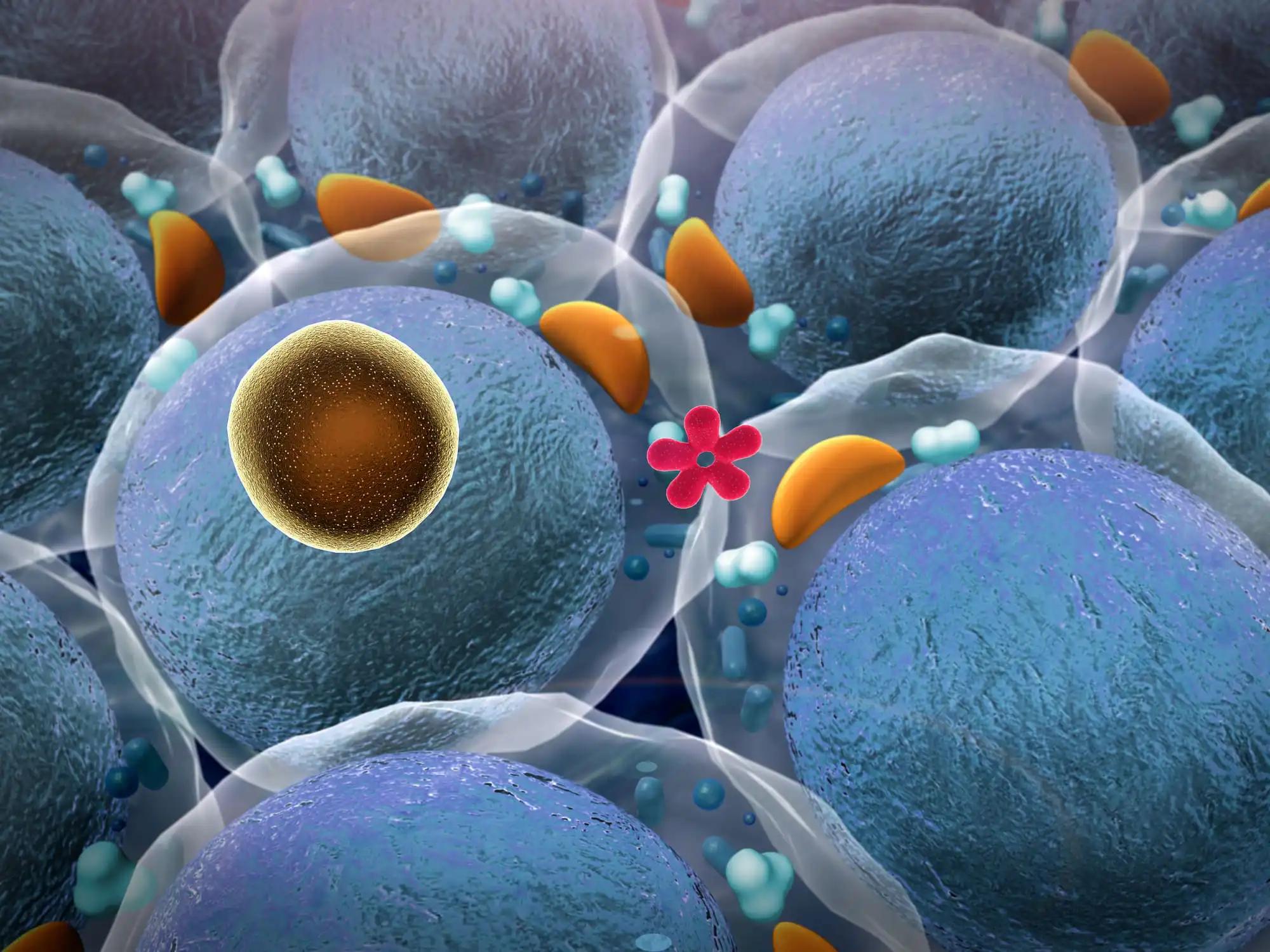KEY TAKEAWAYS
- The study aimed to use ML algorithms to predict bone metastasis risk in patients.
- The results showed the effectiveness of XGBoost in predicting bone metastasis in patients with small lung adenocarcinoma nodules, enhancing clinical applicability.
Adenocarcinoma, the most common histological subtype of non-small cell lung cancer (NSCLC), exhibits a notably higher propensity for bone metastasis compared to other subtypes. The presence of bone metastasis significantly worsens patient prognosis. Nonetheless, accurate prediction models for bone metastasis are currently lacking.
Yu Zhang and the team spearheaded a study that aimed to utilize machine learning (ML) algorithms to predict bone metastasis risk in patients.
The study compiled a dataset of 19,454 cases of solitary, primary lung adenocarcinoma with pulmonary nodules smaller than 3 cm, diagnosed between 2010 and 2015 from the Surveillance, Epidemiology, and End Results (SEER) database.
By employing clinical feature indicators, researchers developed predictive models using 7 ML algorithms that were extreme gradient boosting (XGBoost), logistic regression (LR), light gradient boosting machine (LightGBM), Adaptive Boosting (AdaBoost), Gaussian Naive Bayes (GNB), multilayer perceptron (MLP), and support vector machine (SVM).
The findings revealed that XGBoost outperformed the other algorithms (training set: AUC: 0.913; test set: AUC: 0.853). An online scoring system was also developed, which is based on the highest performing model.
The reported outcome showed the effective prediction of XGBoost in bone metastasis in patients with solitary, primary lung adenocarcinoma and nodules under 3 cm. Furthermore, its strong clinical versatility enhances its potential usefulness. No funding was received by the authors for this study.
Source: https://pubmed.ncbi.nlm.nih.gov/38495760/
Zhang Y, Xiao L, LYu L, et al. (2024) “Construction of a predictive model for bone metastasis from first primary lung adenocarcinoma within 3 cm based on machine learning algorithm: a retrospective study.” PeerJ. 2024 Mar 14;12:e17098. doi: 10.7717/peerj.17098. PMID: 38495760; PMCID: PMC10944632.



